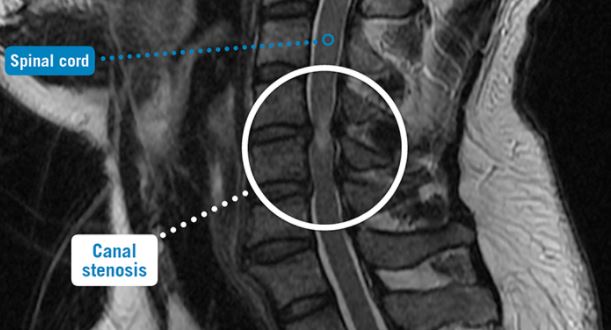We Are Canal Stenosis Experts
state of the art ultrasonic Canal Stenosis Treatment
What is Canal Stenosis ?
The first step to take if you’ve been diagnosed with canal stenosis is to begin researching this condition so you can learn about what causes it to develop and what treatment options are available to you. One of the first things you will learn is that “stenosis” is another word for “narrowing,” and canal stenosis is also referred to as spinal stenosis and spinal narrowing. You will also learn that spine surgery is often not the first recommended method of treatment, and that many people find relief from conservative treatments alone.
Canal stenosis is a condition that affects the spinal column. The spinal cord is housed within a space called the spinal canal, which is bounded by the vertebrae of the spine. When the area around the spinal cord narrows, it is referred to as canal stenosis. It may also be called by one of the condition’s several alternative names, such as central stenosis, central spinal canal stenosis or just spinal stenosis.
The condition and its underlying causes can produce a number of uncomfortable symptoms. If you have spinal stenosis, you may experience pain in the neck or back, as well as pain, numbness, tingling and weakness radiating to other parts of the body. Depending on the exact location of the stenosis, some patients might experience these symptoms in the neck, upper back, arms, lower back, hips or legs. Some patients may, however, experience no symptoms as a result of a narrowed spinal canal.

What Are The Causes Of Canal Stenosis?
There are many spinal conditions that could lead to the development of canal stenosis, including the following:
- Osteoarthritis. This type of arthritis is typically acquired through the natural aging process and involves the degradation of cartilage within joints. Spinal osteoarthritis can cause the spine’s facet joints to become inflamed and crowd spaces around the spinal cord and its nerve roots.
- Herniated discs and/or bulging discs. When a spinal disc bulges and/or herniates, disc tissue may enter the spinal canal, causing stenosis.
- Bone spurs. The body commonly produces bone spurs (enlargements on a bone’s natural structure) as a means to mitigate bone-on-bone friction. In the spine, this friction can happen in several ways. For instance, spinal discs can collapse due to age-related degeneration, allowing adjacent vertebrae to move closer together and rub against one another. This prompts the formation of bone spurs that may encroach upon the spinal canal. Additionally, the presence of osteoarthritis means that cartilage has eroded on the spine’s facet joints. Without a soft, smooth coating of cartilage, raw joint ends scrape against each other. This may stimulate the creation of bone spurs, which intrude upon the spinal canal.
These spinal conditions can be diagnosed through a variety of imaging techniques, including X-rays, MRI scans and CT scans. You may also be asked to perform strength and reflex tests and take blood to test for other conditions that may cause canal stenosis.
Am I the right patient for Canal Stenosis Treatment?
If you have canal stenosis, call us about the SonoSpine Procedure.